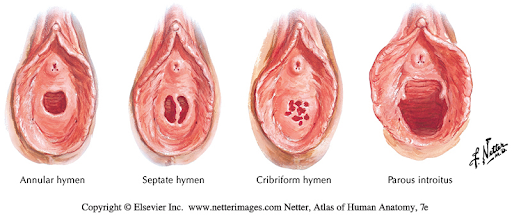Virginity: What is it, really?
- Virginity is a social construct, not a biological fact.
- The hymen is not a proof of virginity. It varies for everyone.
- Cultural pressure around virginity reinforces gender inequality.
Roots Of Virginity
Merriam-Webster defines ‘virgin’ as a person who has not had sexual intercourse. For many, losing virginity is a major life event. It is something personal but it is also something that is deeply judged by society.
The concept of virginity is older than most of the systems we live by. Rooted in ancient texts, religious norms, and cultural traditions, virginity has long been associated with purity, honour, and moral worth particularly for women. In many South Asian communities, a woman’s virginity is not just personal, it is seen as a symbol of her family’s honour. If a woman loses it before marriage or is even suspected of that, she is subjected to shame, judgement and sometimes, even violence.
The term virginity carries a lot of cultural weight. It is spoken about like a biological fact and yet science has no standard definition for it. And as our understanding of sex becomes more inclusive, the definition becomes even more complex.

Wait, what is Sex?
It sounds like a simple question but it is actually the key to understanding how blurry the idea of virginity is.
Sex has different meanings for different people. For many, sex is defined narrowly as penis-in-vagina (PIV) intercourse. But what about oral sex? Anal sex? Sex could also involve hands, toys, or digital intimacy. And what about queer people, many of them may not engage in PIV sex at all.
If one loses their virginity the first time they have sex, what kind of sex counts and who decides that? These questions show us that virginity is not a fixed, universal experience. It is deeply personal, and it is shaped by culture, belief, and identity.
The Hymen Myth
Hymen is one of the most harmful myths tied to the concept of virginity. The hymen is a thin membrane partially covering the vaginal opening.
Many believe that the hymen breaks and bleeds the first time a person has penetrative sex. But that is not how bodies work. The hymen can stretch or ‘tear’ from everyday activities like playing sports, cycling or even using a tampon. Some people bleed during their first sexual encounter, some don’t. Some women, about 0.03% are born without it.

So, What Really is Virginity?
Virginity is not a medical term or a physical condition. It is a social idea that has been shaped over time to reinforce control, shame, and unequal gender norms.
Some people feel strongly about their first sexual experience. Others do not consider it a defining moment at all. Both are valid. What matters most is not a label, but how you feel.
Were you ready? Was it consensual? Did you feel safe?
Conclusion
Sexual experiences can be emotional and vulnerable, but they do not need to be judged by outdated notions. Having sex for the first time is a big deal with potential consequences. What matters most is that it is your choice, made on your terms, with awareness and consent.
Virginity is not a way to show your morality, worth or identity. Therefore, you decide what virginity means to you.
Author

